Mozambique: Agriculture sector needs to think long-term - analysts
Hanlon: New book shows agriculture requires government intervention, which donors won’t allow here

Former Finance Minister Tomaz Salomao said it is time to recognise that one of the errors his government made was to always talk about agriculture but never to treat is seriously and never give it money. “We have to change because the answer to the present crisis is in agriculture,” he said in one of two speeches in Maputo. “The future is not here in Maputo. Our future is in rural areas.” (O Pais 18 May, 3 June)
“We import nearly everything we eat,” said Jorge Rebelo in his Savana (27 May) interview. “This is the result of wrong policies that did not prioritise agriculture and industry for decades. Today, we are witnessing a kind of act of contrition by our former leaders. But in practice we do not see any change.”
But a new book by Channing Arndt, Andy McKay, and Finn Tarp called Growth and Poverty in Sub-Saharan Africashows just how the IMF and World Bank prevented Mozambique from taking agriculture seriously. Arndt and Tarp know Mozambique well. They look at 16 African countries and point to the top 5 which have had relatively rapid economic growth, and corresponding poverty reduction: Ethiopia, Ghana, Malawi, Rwanda, and Uganda. They find that “an extended period of broad-based (and sometimes rapid) agricultural growth has been a substantial initial driver of both growth and poverty reduction.”
“The cases of countries with relatively rapid growth and limited poverty reduction [including Mozambique] provide an interesting counterpoint. In none of these cases does solid evidence of sustained and substantial growth in agriculture, particularly smallholder agriculture, present itself.”
Until recently, Mozambique played by the rules set by the international financial institutions (IFIs) and donors, which meant agriculture was left to the private sector. All five of the Arndt and Tarp countries were heavily interventionist. Take just two. Against huge donor pressure, Malawi introduced a fertiliser subsidy. When we raised this with senior officials in Mozambique, they said donors would never allow a fertiliser subsidy in Mozambique – they most they could do was give free seed.
Arndt, McKay and Tarp cite Ethiopia, where the government expanded the agricultural extension system – by 2010, some 45,000 extension agents were placed in villages. In 1999, Mozambique wanted to increase the number of extensionists from 1024, but the World Bank blocked the proposal, saying any new extension must be done by the private sector.
In Mozambique, the only agricultural successes are four cases where the government was interventionist. In two, local production has been protected – but these are sugar and tobacco, where local production is controlled by foreign corporations. Donors and the IMF will allow foreign companies to be protected, but not local producers of rice and other crops. The third example was cashew, destroyed by the World Bank in 1995 and rebuilt literally in secret; government intervention created a market and a fair producer price through secret support for industry and export restrictions to protect that industry, breaking all the World Bank rules. The fourth was soya, where a set of international agencies over nearly a decade intervened heavily to create a new industry.
By: Joseph Hanlon



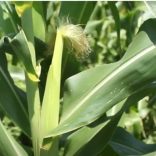


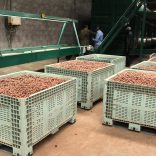
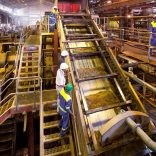

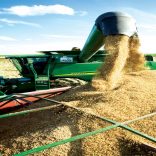
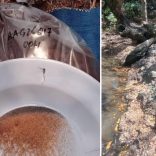


Leave a Reply
Be the First to Comment!
You must be logged in to post a comment.
You must be logged in to post a comment.